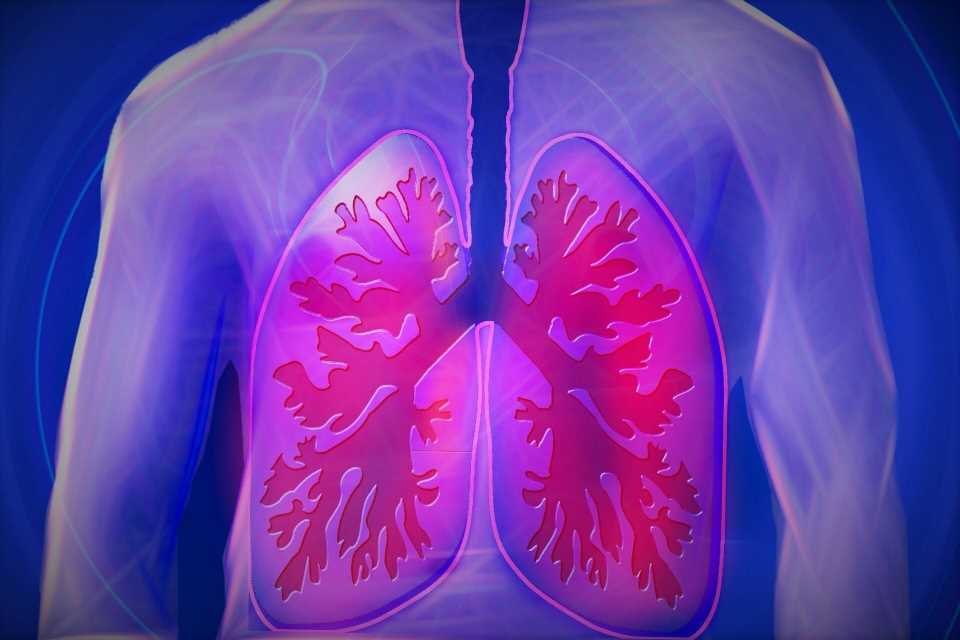
Air pollutants comprise a complex mixture of airborne particles such as gases, liquids, and particulate matter (PM). Particulate matter 2.5 (PM2.5) refers to fine particles with aerodynamic equivalent diameter less than or equal to 2.5 μm in ambient air. It is one of the most harmful air pollutants that can be deposited in bronchi and alveoli through inhalation. Moreover, PM2.5 can even penetrate the air-blood barrier into the blood circulation. Epidemiological studies have shown a relationship between PM2.5 exposure and adverse health outcomes, including respiratory diseases, cardiovascular diseases, type 2 diabetes, and autoimmune diseases. Nevertheless, the mechanisms underlying PM2.5-induced airway inflammation remain largely unexplored.
Fourth Military Medical University professor Qiong Wang and Heng Ma illustrate a novel mechanism underlying PM2.5-induced airway inflammation and bronchial hyperresponsiveness. This study entitled “Particulate matter 2.5 triggers airway inflammation and bronchial hyperresponsiveness in mice by activating the SIRT2–p65 pathway” was published in Frontiers of Medicine in Nov. 2021.
In this study, PM2.5 exposure was found to trigger airway inflammation and bronchial hyperresponsiveness. Mechanistically, PM2.5 exposure lowered the expression and activity of SIRT2 in bronchial tissues. Notably, SIRT2 directly interacted with p65 and regulated the phosphorylation and acetylation activation of p65 to initiate the NF-κB signaling pathway and airway inflammation. Thereafter, the airway inflammation induced thickening in the bronchial smooth muscle layer and basement membrane layer, and increased goblet cell proliferation and mucus secretion, tracheal stenosis, and bronchial hyperresponsiveness. Meanwhile, p65 phosphorylation and acetylation, airway inflammation, and bronchial hyperresponsiveness were deteriorated in SIRT2 knockout mice exposed to PM2.5. Importantly, the researchers found that triptolide, an inhibitor of p65, significantly inhibited PM2.5-induced p65 phosphorylation and acetylation, thereby reducing airway inflammation and bronchial hyperresponsiveness.
Source: Read Full Article
